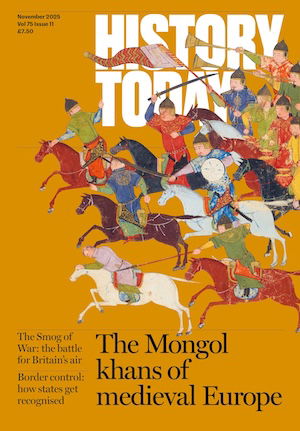A Forgotten Realm: Jesuit Rule in South America
John Lomax recounts how, for nearly two centuries, a priestly protectorate ruled over the native tribes of Central South America. In an age of slavery and merciless exploitation, the Jesuit fathers established a government based on justice, peace and harmony. Their subjects began the working day, and marched homewards again, to the sound of music, preceded by the Mayor and his officers wearing gold-trimmed uniforms and plumed hats.


